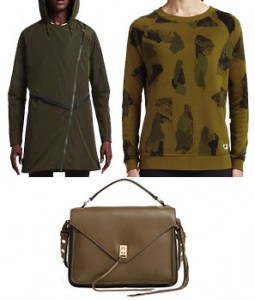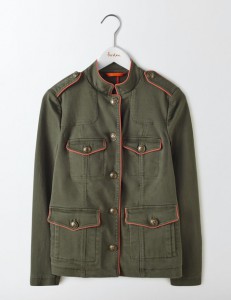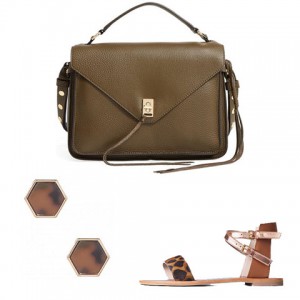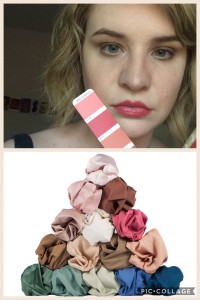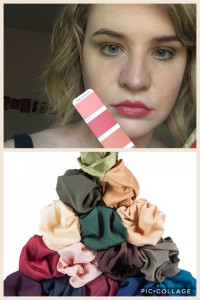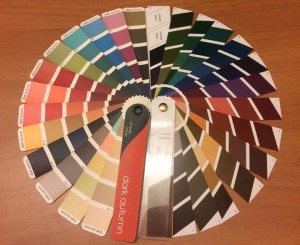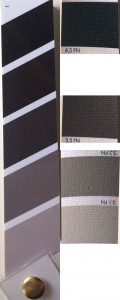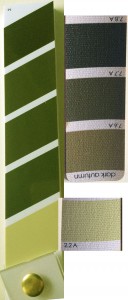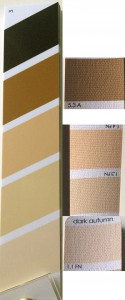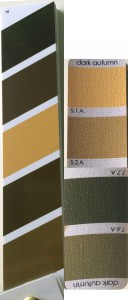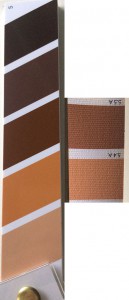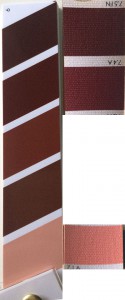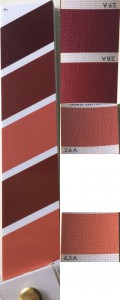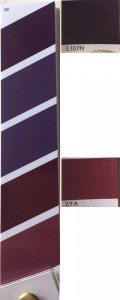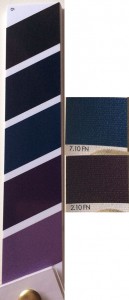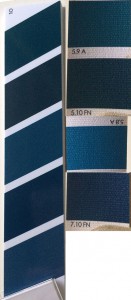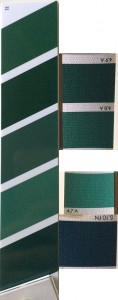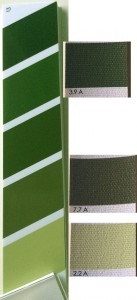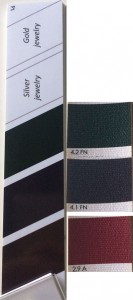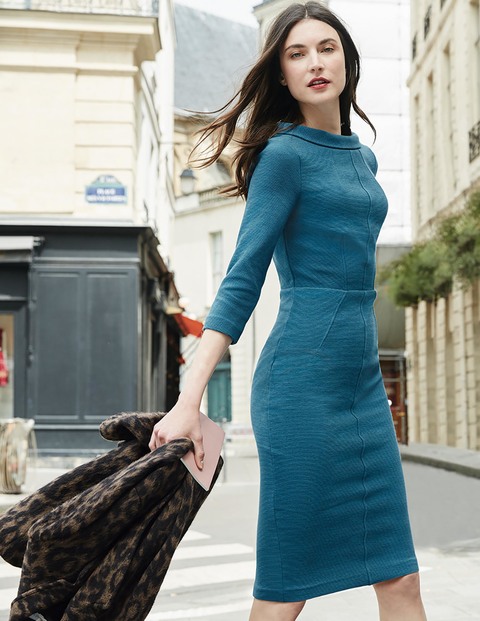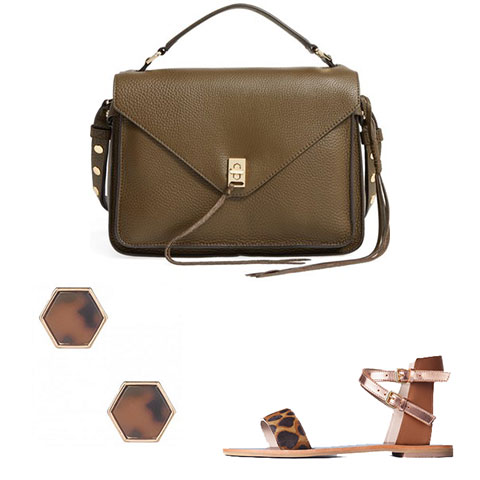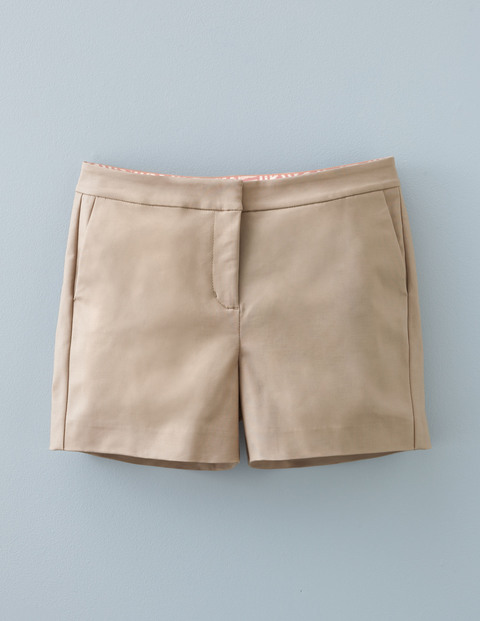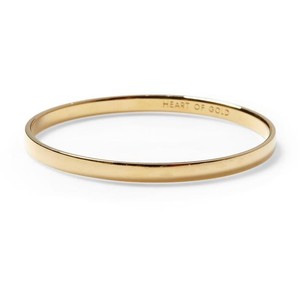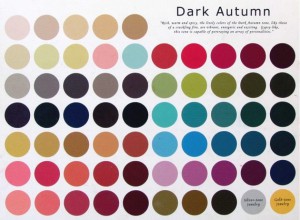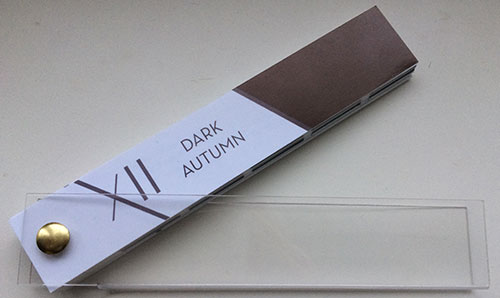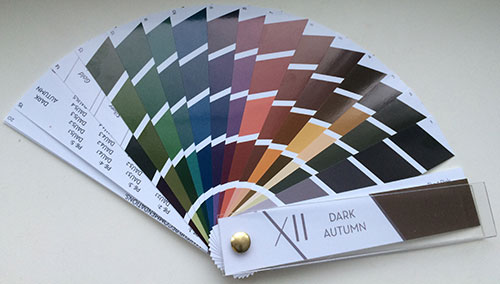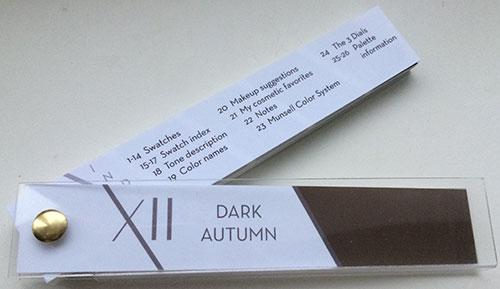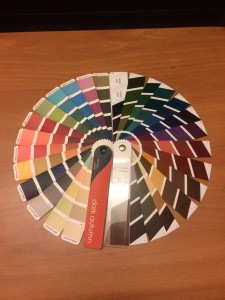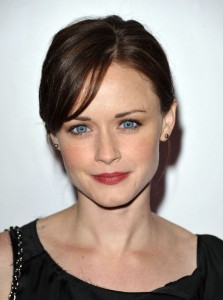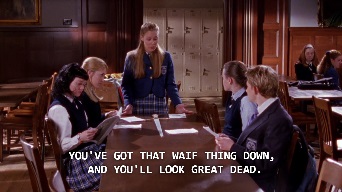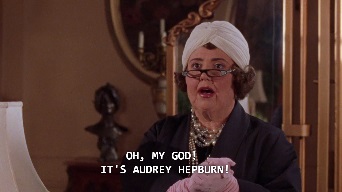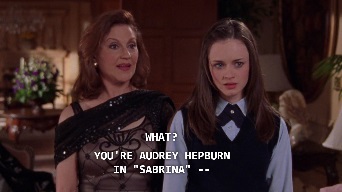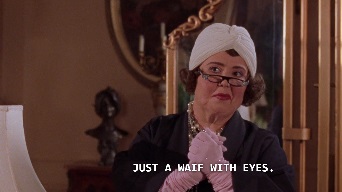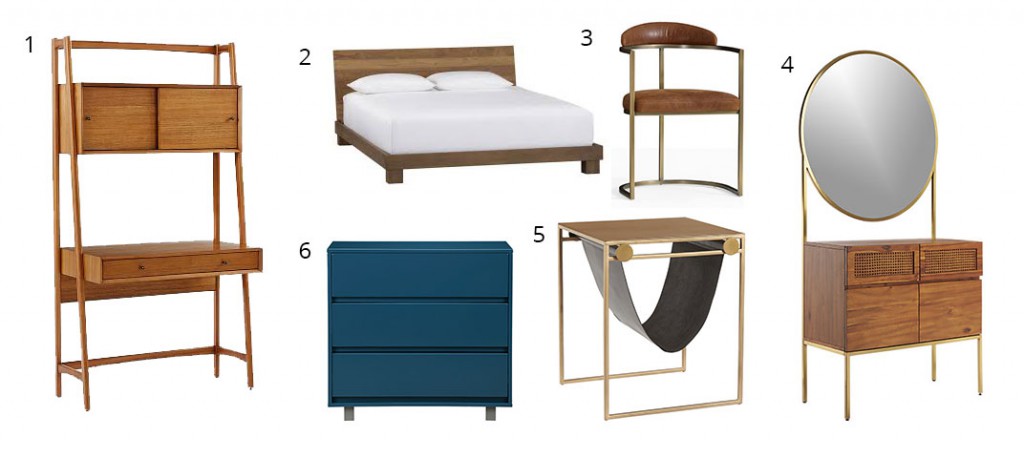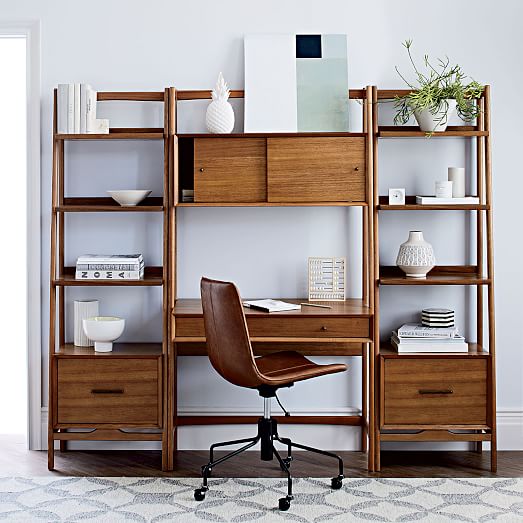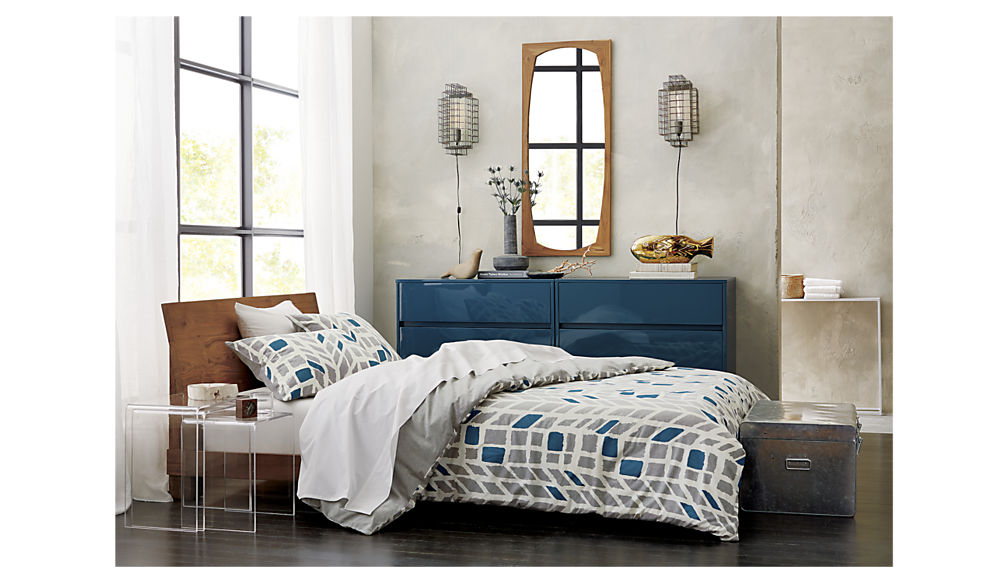If you’ve been waiting for the palette comparison–I have the photos ready, although getting them was challenging, since I’m so far north that I don’t have many daylight hours, but I’ve been sick, so I haven’t had a chance to sit down and work on the post. I decided to write this post first because some of the items are on sale, so it’s a little more time-sensitive.
Lately, I’ve had some interest in the Gamine Kibbe recommendations. I don’t know what we’re supposed to do with the recommendations for Gamine, Natural, and Classic–David Kibbe hasn’t given an answer to this, and I’m not sure if we’re supposed to be able to work them into our Soft or Dramatic/Flamboyant Image ID recs or ignore them altogether. Regardless, I actually see a lot of things in the Gamine recommendations that work for me, like the tailored dresses and geometric shapes. There are also Gamine celebrities I feel a connection to that David hasn’t moved to SG or FG yet, like Paulette Goddard and especially Jean Seberg. The comparisons to her I’ve gotten were one of keys to figuring out that I’m FG.
Last night I decided to watch a movie, and I checked out Otto Preminger, since I loved Laura so much. Once I saw he had directed Bonjour Tristesse, that was it for me. (For some reason, I had always thought it was a Godard film.) I started watching it immediately, and when I saw this title card I almost had to pause the film out of excitement:
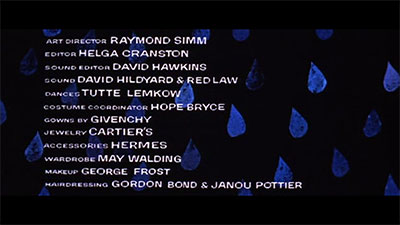
Givenchy in the credits: Always a good omen for gamine fashion.
Indeed, the little black dress in this movie may be one I fantasize about having in my wardrobe even more than the one in Sabrina:
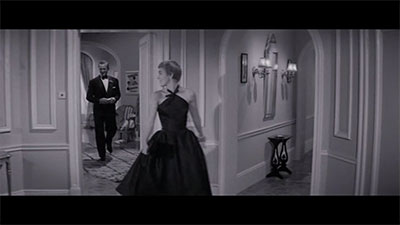
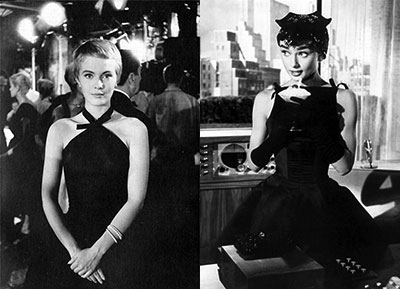
But the real star of the movie for me–and the reason behind this post–is Cécile’s (Jean Seberg) French Riviera summer wardrobe. I’ve always had a hard time when it comes to dressing for summer. I find dressing easier when I can make use of layers. I usually end up in an oversized Ramones tank top and some frayed denim shorts and call it a day. But seeing Cécile’s version of summer inspired me. It still looks so fresh and chic, despite being nearly 50 years old. I see this a lot with gamine styles, actually–they don’t really tend to look dated.
Her frequent use of men’s shirts in this movie is iconic–this hasn’t ever really been a look I’ve been into very much myself, but she makes me like it. I wonder what DA color would work best… The traditional light blue isn’t really for me.
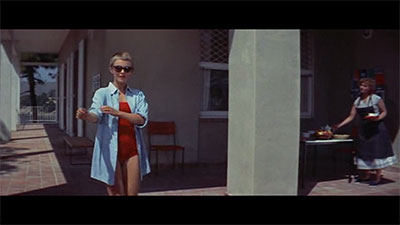
A hangover has never looked so chic:

And yes, a sleeveless blouse and high-waisted shorts are definitely going on my list:
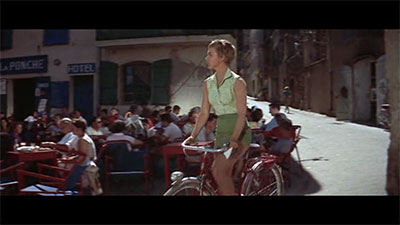
I love this kind of collar, but it’s hard to find nowadays:
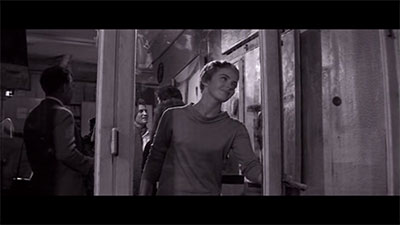
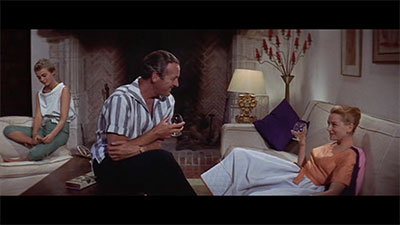
The only thing I’ve seen it on recently is this dress from Boden, but it definitely doesn’t fit into the “summer casual” theme.
Another fun outfit is this one, with a white button-down blouse that is kind of a modified sailor shirt, with a regular front but the rectangular collar in the back, so from the front it looks kind of like a hooded shirt:
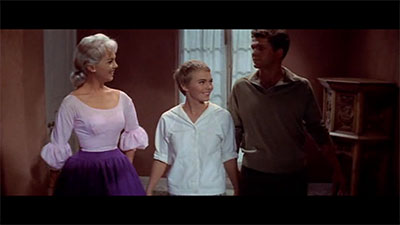
It’s paired with patterned cropped pants, which I’m also going to hunt for:
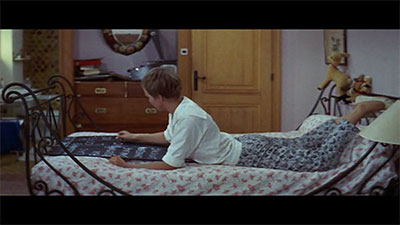
But my absolute favorite outfit is her striped-shirt-and-white-shorts outfit:
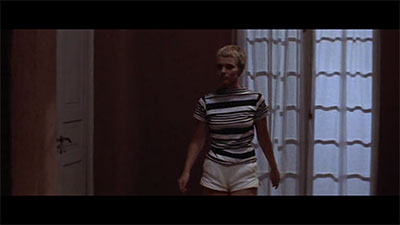
The neckline of the t-shirt makes it just a little more interesting than your basic shorts-and-a-t-shirt combo:
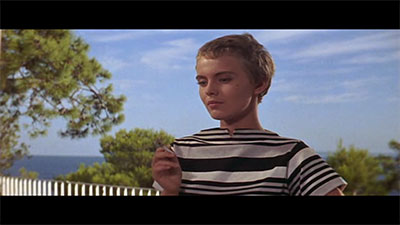
Accessories-wise, in the summer, she doesn’t go much beyond sunglasses and sandals or white flats, but she pairs the stunning Givenchy black dress with some slightly oversized studs and a pearl bangle:

I think the simpler approach to accessories is so fresh for summer.
While we’re still in the midst of winter, since there have been so many sales going on, I’ve already picked up a few things, mainly accessories.
1) Rebecca Minkoff Small Darren Leather Messenger Bag, Nordstrom, $172.49.
Olive is a great neutral for me, and gold hardware is a must. The small size keeps the bag from looking too Classic, and it’s also just right for my needs.
2) Type 3 Leopard Lover Earrings, Dressing Your Truth, $8.78.
Oversized studs are Cécile’s main accessory throughout the film. I love the geometric shape and nod to leopard print in this pair.
3) Ingrid Sandal, Boden, $43.20-$54.00.
Obviously, some simple sandals are essential for any easy summer look. These have the added bonuses of leopard print and rose gold.
Other things on my list:
1. Simple linen shorts.
I’m not going to go as short as Cécile does in the movie. I like these because they don’t have any visible buttons or cuffs. Very clean.
2. High-waisted shorts.
3. Men’s or Men’s-style shirt.
Still on the lookout for the perfect color.
4. A simple gold bangle.
I think a bangle would really complete things. Something super simple, like this Kate Spade bangle:
5. Simple necklace.
I have a necklace at my mother’s house that was hers in the 60s that would suit this perfectly.
6. Sleeveless blouse.
7. Patterned cropped pants.
8. Plain cropped pants.
9. T-shirt out of thick material with a high neckline.
10. Lightweight but stiff long-sleeved shirt.
Have any movies inspired you, fashion-wise? What are you dreaming about wearing in the summer?
